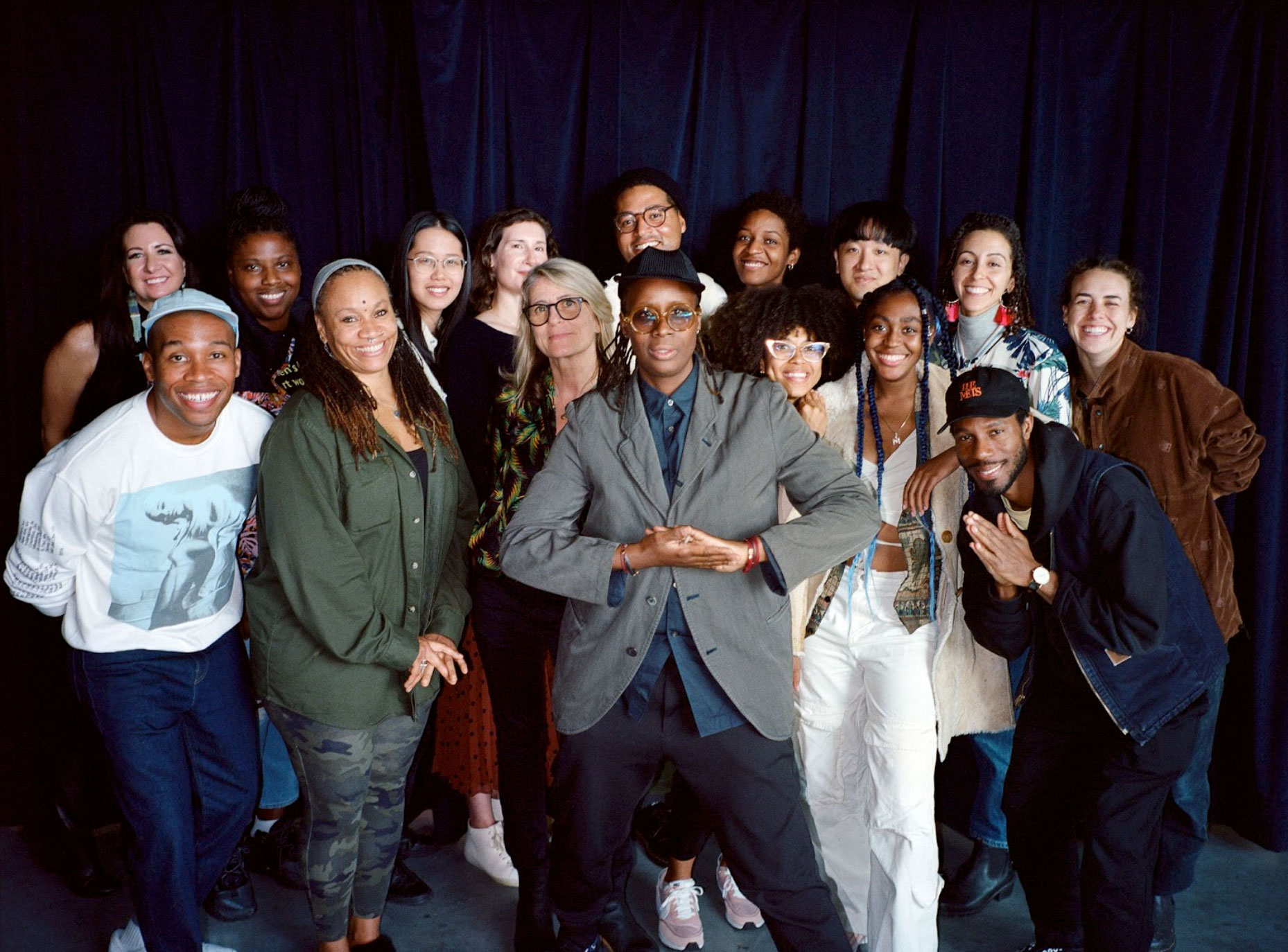Mentorship and intergenerational knowledge sharing are some of the most transformative gifts an artist can receive.
To that end, Pratt Institute Fine Arts Chair Jane South and alumna Mickalene Thomas, BFA Fine Arts ’00, founded Pratt>Forward, an initiative that since 2021 has offered early-career artists space and resources for creative and professional development, among a circle of mentors that includes fellow artists, curators, gallerists, and thought leaders. Among these creative vanguards—many of whom are generating opportunities for artists through their own projects—are Derrick Adams, BFA Art and Design Education ’96, multidisciplinary artist and the founder of The Last Resort Artist Retreat; Elizabeth Lamb, an arts organizer and director of Company Gallery; and Jasmine Wahi, a curator, activist, and founder and codirector of Project for Empty Space—to name a few.
Pratt>Forward’s monthlong program of creative support and community connection aims to give participants career confidence, agency, and a sense of belonging while creating the conditions to generate new artist-led models for cultural engagement. Last fall, as the program announced its 2024 iteration, which took place this March at the World Trade Center, past Pratt>Forward participants and Pratt alumni Taisha Carrington, BFA Fine Arts ’18 (Pratt>Forward 2022), and Jamaal Peterman, MFA Fine Arts ’19 (Pratt>Forward 2021), spoke about their experiences as mentees in the program.
This story is part of Prattfolio’s special section on Pratt alumni and mentorship, from the Spring 2024 issue, forthcoming in May.
Image at top: Pratt>Forward 2022, with Mickalene Thomas (center) and Jane South and Taisha Carrington, just behind Thomas on the left and right, respectively. Photo by Luisa Opalesky
Q&As have been edited and condensed.
Taisha Carrington
“My World Changed in 15 Minutes”
Barbadian multidisciplinary artist Taisha Carrington’s work spans body adornment, performance, sculpture, and installation, often exploring Caribbean life, social issues, and climate justice. She has been recognized by NYC Jewelry Week’s One for the Future initiative and the Council of Fashion Designers of America as a CFDA+ Design Graduate and in 2022 was a finalist for Art Jewelry Forum’s Young Artist Award. Her work is in the collections of Dallas Museum of Art and The Stewart Program for Modern Design in Montreal.
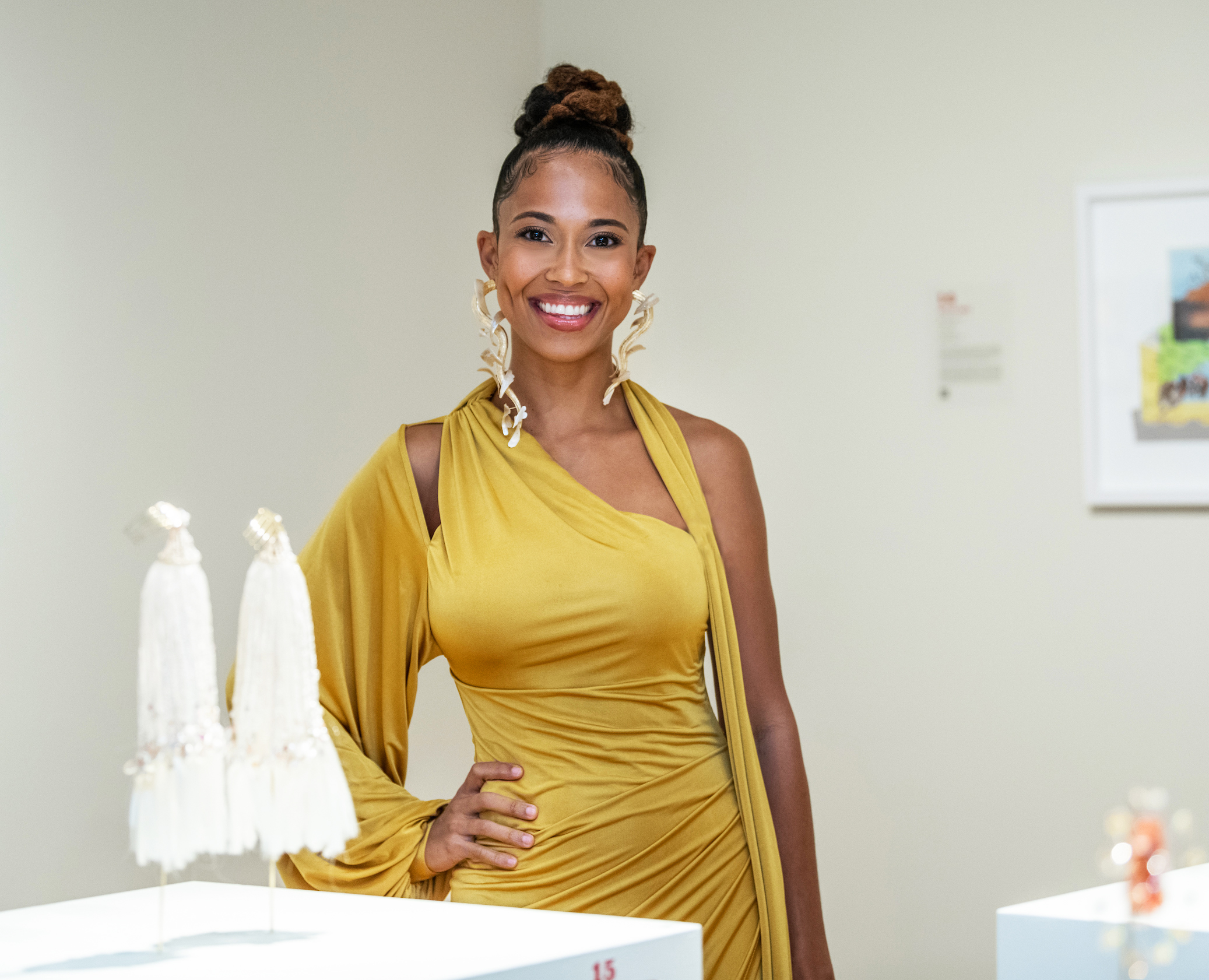
What impact has your experience with Pratt>Forward mentorship had on your career or practice so far?
I participated in Pratt>Forward at a point where two sides of my practice were coming together. Although my BFA is in jewelry design and metalsmithing, since graduating in 2018, I have expanded my practice to incorporate several different mediums including jewelry, film, performance, 2D mixed media works, and a host of other elements. So at the time I applied, I had determined the mediums and themes I was committed to exploring. I had the building blocks but needed to learn how to assemble them to structure my career. I got to a point where I realized I needed input and insight from people with experience. The residency was a way for me to explore how to understand and integrate all that I had built.
Who was one influential figure for you in the Pratt>Forward community? What did their mentorship reveal to you?
Emily McElwreath, a curator and art advisor, was very influential. Throughout the residency, we had the opportunity to do studio visits with some of the artists and creative professional guests that participated in our larger mentorship sessions. I met with Emily early on, maybe in week one. She came to my studio and was very excited about the work. I presented a project and her vision for my work was incredibly expansive—not only in terms of the artwork, but how the art could travel across borders globally and digitally. In so many ways the work exploded, simply from the perspective that she shared with me.
As artists, we have to come up with concepts, figure out how to build things, and actually execute a final product. Within that process, sometimes for me and others, we function in spaces of limitation. You can limit the vision of the work, because you have to deal with practical aspects.
For me, the biggest practical issue is that I function outside of a global art center. Prior to Pratt, I was in Barbados, where I’m from, and for the past three years I’ve been back in Barbados developing my practice. So there are added layers: access to materials and resources, and issues around how work travels or is exported to places for exhibition purposes.
Emily completely lifted a veil and illuminated where the work could go and how it could get there. Because that was at the beginning of the residency, I approached the rest of the residency from a really broad perspective.
I was open to extreme possibilities. And I think when you cross that border, there is no more limitation. You almost enter a new phase of how your practice functions. After that meeting I thought, my world just changed in 15 minutes.
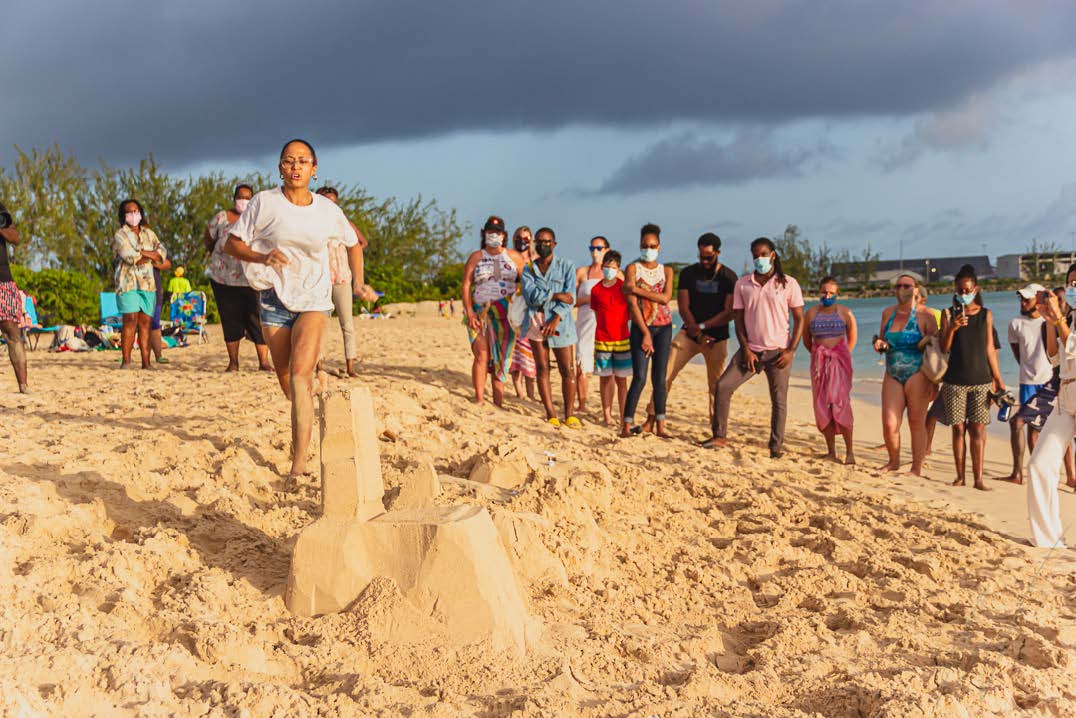
What led you to seek out mentorship and the Pratt>Forward program specifically?
As I mentioned, I was at a crossroads trying to bridge two worlds (design and art), maybe self-imposed, but they felt very distant. The art jewelry and fine art worlds do not have a lot of overlap, players, or examples of how to navigate seemingly separate careers paths and disciplines.
Pratt>Forward was probably my fourth artist’s residency, so I knew what types of residencies functioned best for me. As someone outside of an art capital doing exploratory work, I need certain environments and facilities, as well as community. I found that certain residencies can provide that for me. Pratt>Forward and its location in New York, where I had familiarity with jewelry artists already, was a good fit. However, I wanted to reenter the city with a new approach to my practice. I knew that Pratt>Forward would provide a very broad ecosystem that I could easily be transplanted into, in a very short space of time. It had a concentrated, potent dose of so many things, which is exactly what I needed at the time.
What advice would you most like to share with students and up-and-coming artists on creating a sustainable life in the arts?
One thing I’ve found to be very important is to learn to be patient in finding your creative voice, your mediums, and what exactly you want to see with those mediums. Some people know who they are and what they want to say right away. But, I think there are a lot of people who need to be patient with themselves and to understand that it takes time. You don’t become an adult overnight. You have to go through being a baby, a teenager, and then an adult. I see art practices in a similar way. So be patient.
Along with that, be very pragmatic about the type of work you want to produce. For example, the reality is painting is the most salable type of artwork, statistically, all across the world. It’s also a medium that functions very well on social media. So, if you’re not a painter, what can your career look like realistically? Being pragmatic about the logistical part of your practice helps you to become more secure in what success or sustainability looks like within your areas of interest.
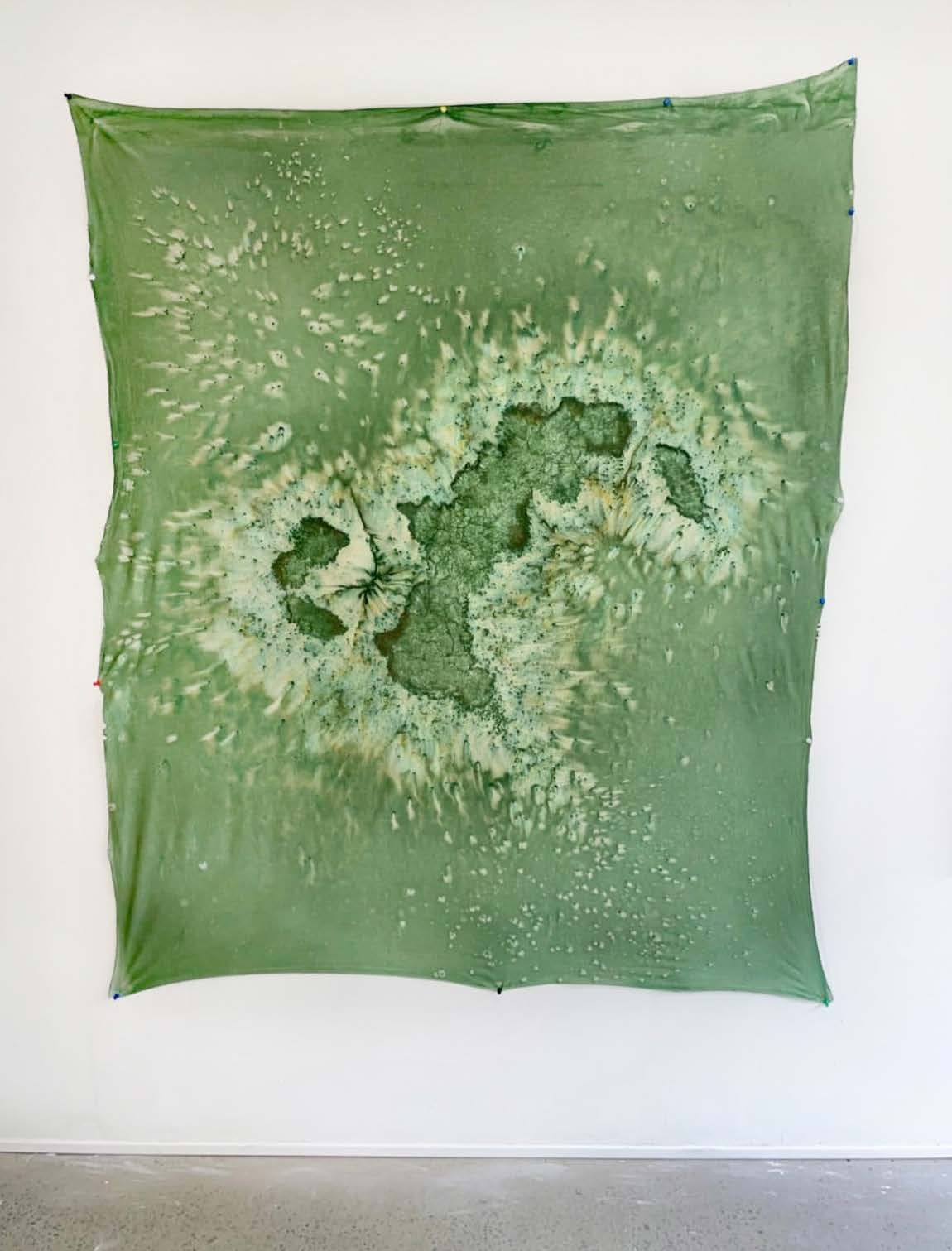
Since your experience in Pratt>Forward, what spaces in your industry have you plugged into—any recommendations of accounts to follow, places to go for inspiration and connection, etc.?
I use Instagram as a portal to different art scenes, which I’m sure a lot of artists do. However, through the residency, I was able to narrow down what makes sense to follow, who makes sense to follow, and which galleries have good content. From there, you can see writers who work with galleries or artists that work with certain curators, and you can start to get a sense of the wider ecosystem.
I also follow a lot of opportunity pages, such as: @artenda, @artconnect.opps, and @artworkarchive. And @kickstarter to see what people are funding. Kickstarter also has another page, @thecreativeindependent, where you can get insight into artists’ thoughts and ideas. I follow individuals like Emily McElwreath and all the other mentors from Pratt>Forward. I see what shows they’re visiting, and so on. Overall, it’s a balance of pages for opportunities, curators, and fellow artists.
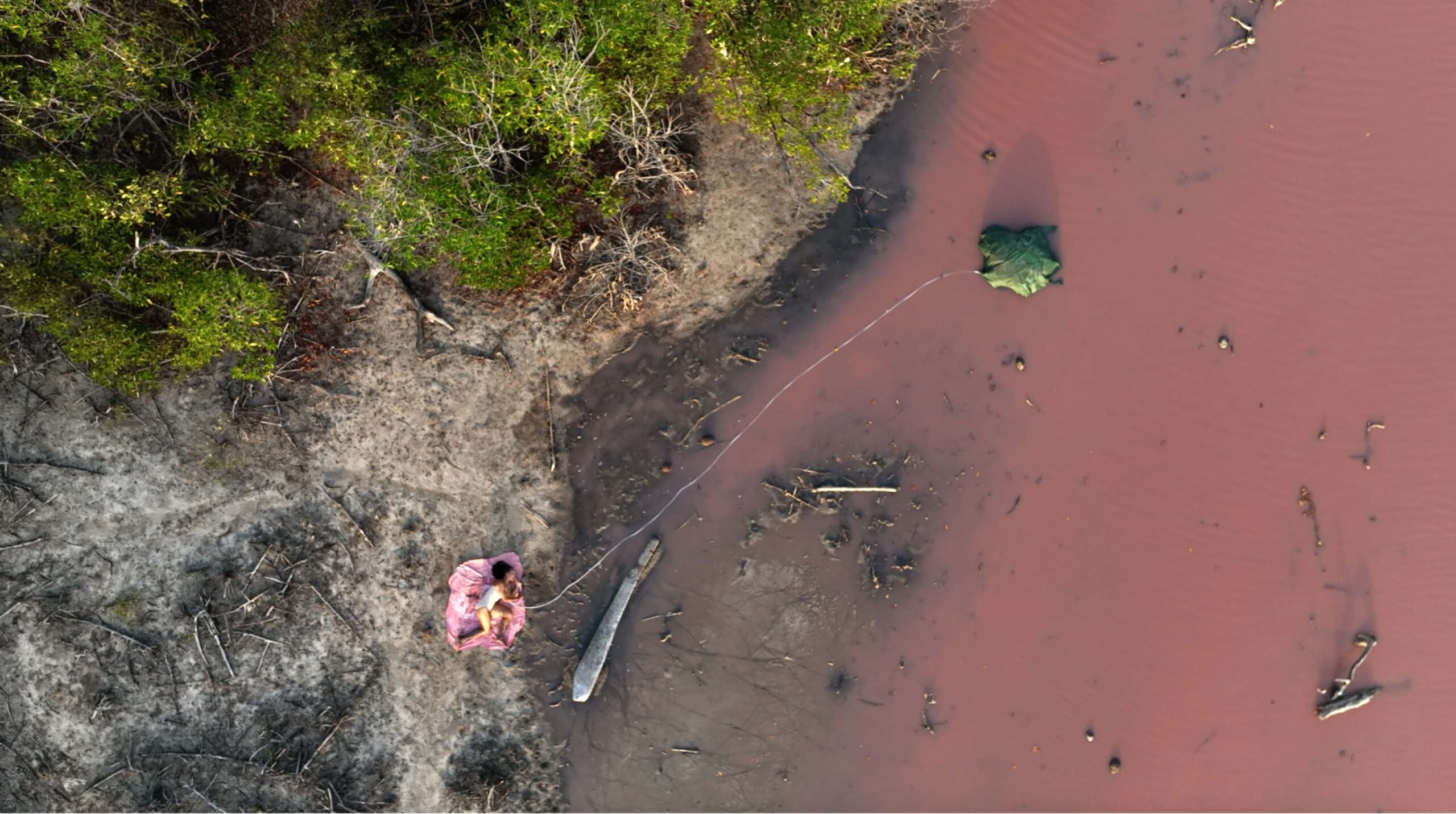
We often hear about the cons of living outside of global art centers. What are the pros of living outside of one?
I welcome that question! It has made me reconsider the most micro elements of my practice, because everything does have some degree of a barrier. There are many variables I have to consider: what materials are available, how production is done, the time for production, the fact that a work might have to exist here in Barbados, if I want it to exist elsewhere, how it will be transported, and so on. However, I think the best art comes when you have parameters.
Being outside of an art center, you have some of the most unpredictable parameters imaginable. That might sound stressful, and to some degree it can be. But if you let it, it can inspire some very peculiar work, because you’re responding to things that other artists might not be, and the end result can be something fresh or uncommon. It’s within that newness, or that challenge, that I’ve discovered a lot of processes and materials, because my work is, in general, very experimental.
There was a long period of time where I’d be doing things and ask myself: is this even artwork? I’d be making things, it would be about process, and I didn’t know how to contextualize process as an artwork. So these experiences have helped me develop a unique perspective on what the art is, and how it is a direct parallel to my lived experience outside of a global art center.
Jamaal Peterman
“Dare to Dream the Inconceivable”
Painter Jamaal Peterman, whose vivid, multilayered canvases examine Black experience in relation to environment, class, and societal structures, has been featured in exhibitions at the Museum of Contemporary African Diasporan Arts (MoCADA), Public Art Fund, and University of Chicago, and galleries including Kavi Gupta in Chicago, James Fuentes in New York, and Vigo in London. He has participated in artist residencies at Skowhegan School of Painting and Sculpture, MASS MoCA, and Pioneer Works, among others, most recently with the New Haven-based mentorship program NXTHVN.
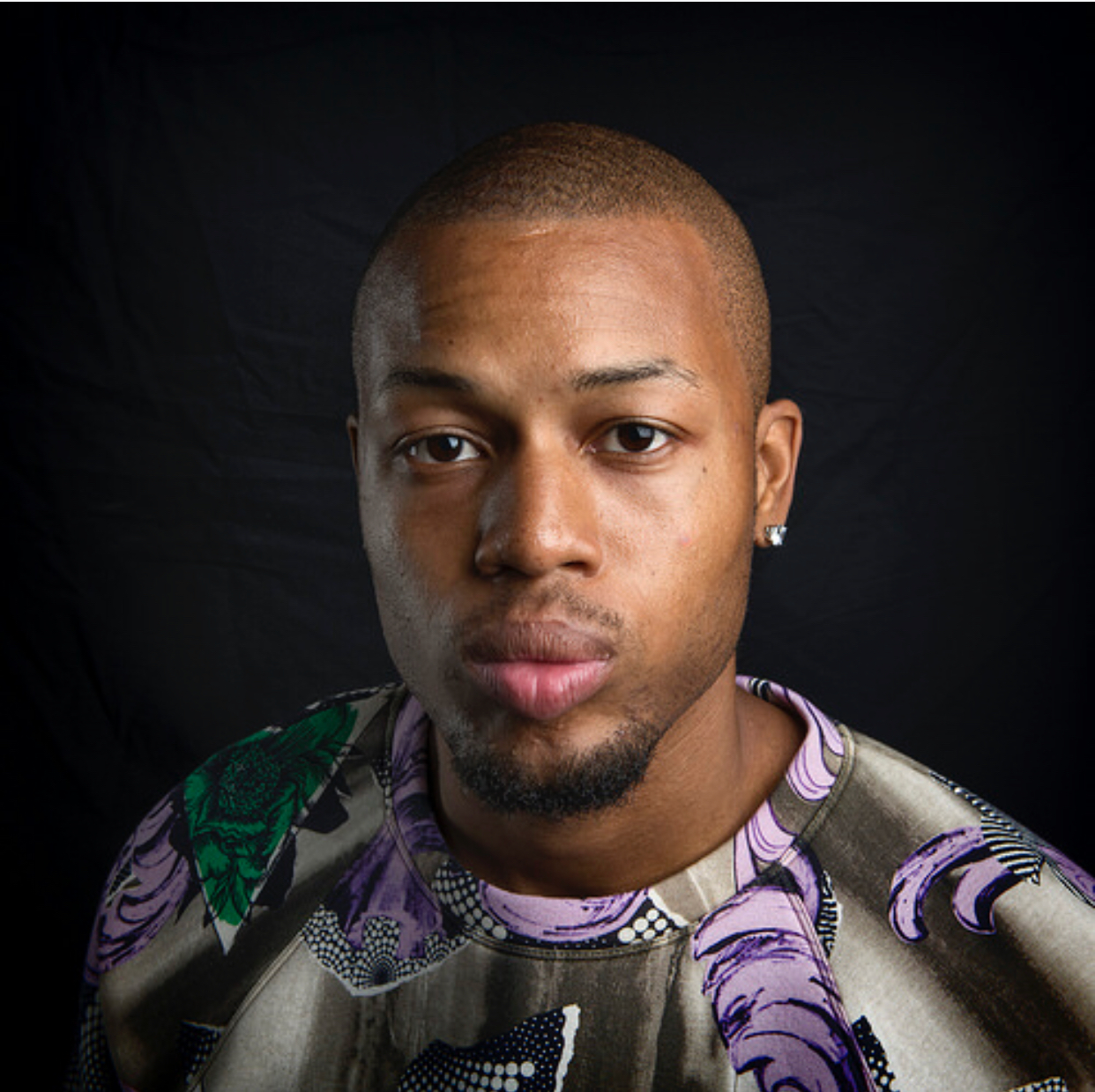
What impact has your experience with Pratt>Forward mentorship had on your career or practice so far?
My experience with Pratt>Forward has had a significant impact on my career and artistic practice, despite the challenges posed by the COVID-19 restrictions during my participation. The program provided me with an invaluable opportunity to foster new relationships with fellow artists and mentors. Having individual virtual meetings with highly distinguished working artists offered me unique insights into an interconnected art world. Thanks to Pratt>Forward, I’ve continued to explore avenues of mentorship and community building in my artistic journey.
Who was one influential figure for you in the Pratt>Forward community? What was the most influential lesson or wisdom they imparted?
One of the most influential figures in the Pratt>Forward community for me is Mickalene Thomas. Mickalene’s guidance and conversations have been pivotal in shaping my creative process and thinking. I had the privilege of meeting Mickalene during my MFA at Pratt, and our discussions about my practice have consistently been thought provoking.
There are a few essential lessons I’ve learned from Mickalene. First, she emphasized that one’s art practice is a marathon, but it’s okay to sprint during that marathon, as long as you understand the importance of slowing down and taking your time when needed. Additionally, she highlighted the significance of understanding materials, processes, and archives, and how they are interconnected in our artistic journeys. Mickalene continues to inspire me as both a mentor and an innovative artist.
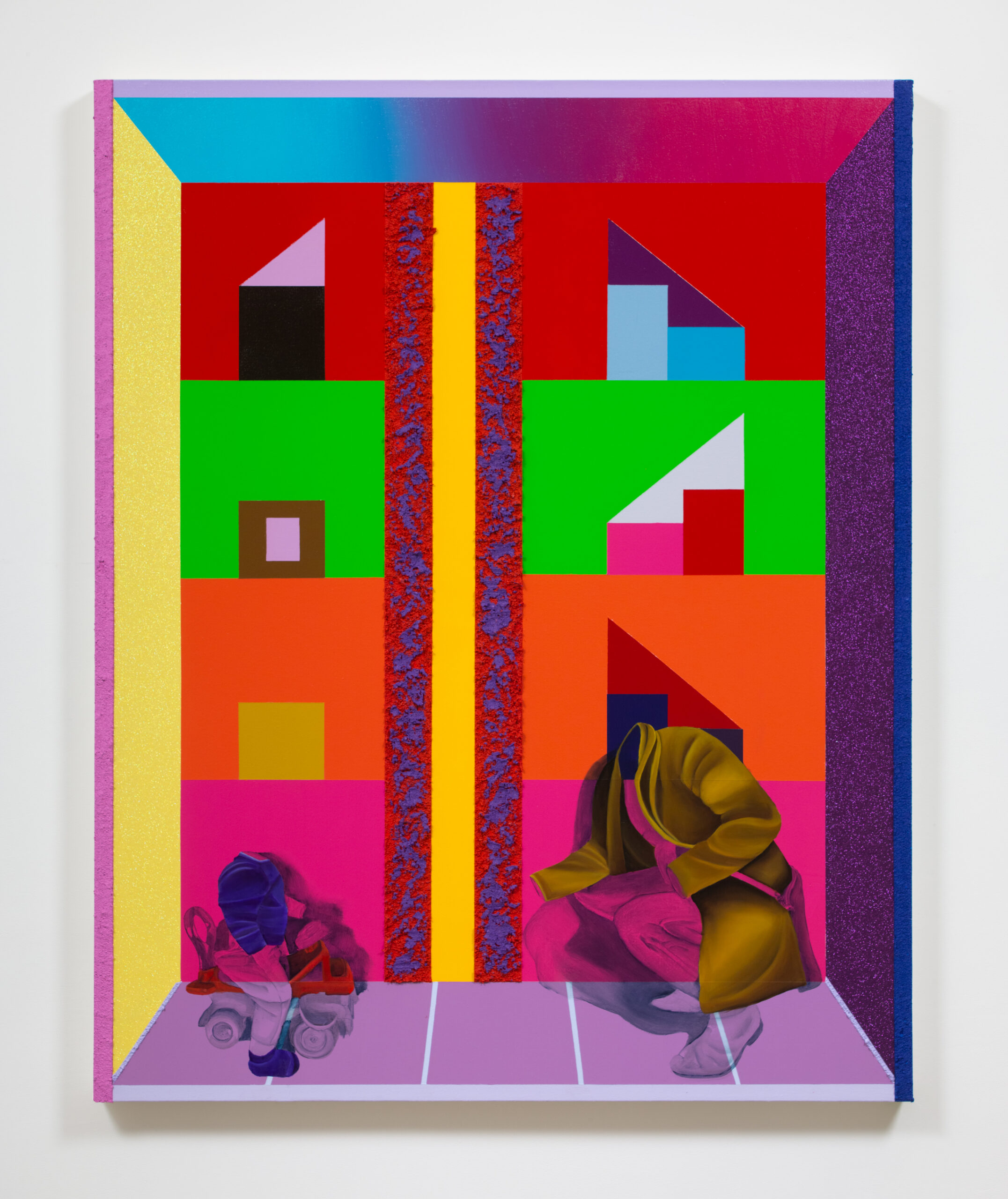
What led you to seek out mentorship and the Pratt>Forward program specifically?
My motivation to seek mentorship through the Pratt>Forward program, and specifically from influential figures like Jane South, stems from the profound impact South had on my development during my time at Pratt and as an alumnus. I believed in her vision and wanted to learn what it means to be impactful as an artist and a mentor. Additionally, Pratt>Forward offered a unique opportunity to gain insights from successful career-driven artists, program developers, and innovators. I wanted to learn from the best to become the kind of person creatives can rely on for knowledge, wisdom, and understanding. Furthermore, it was an excellent way to stay connected to the art community during the pandemic.
What advice would you most like to share with students and up-and-coming artists on creating a sustainable life in the arts?
The advice I’d like to share is simple yet crucial: “Go big or go home.” Follow your passion relentlessly and never give up, even when you achieve success. Always stay hungry for knowledge and growth, and remember that your health is just as important as your artistic practice. The creative path can be long and filled with ups and downs, so remain clear about your vision and dare to dream the inconceivable. Even if you fall short, you’ll still land further ahead.
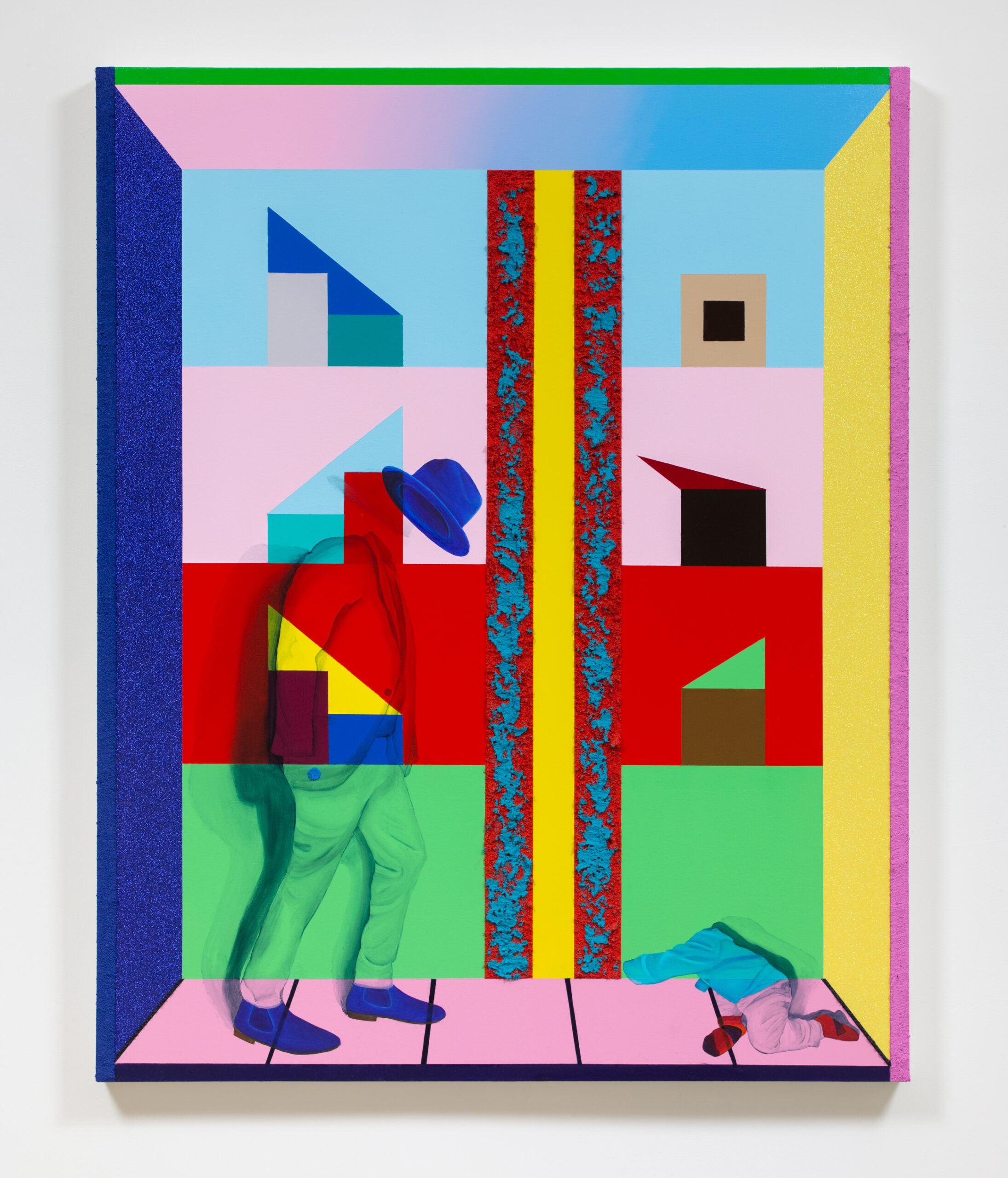
At the time of this interview, you’re participating in NXTHVN, a fellowship program founded by Pratt>Forward 2021 core mentor Titus Kaphar. NXTHVN has an intergenerational mentorship component that includes mentoring a New Haven public high school student. How do you see your mentorship experience, in Pratt>Forward or otherwise, carrying through to your work as a mentor?
I have an unwavering commitment to empower emerging talent and to help them find their artistic voices.
I began my own journey in education as an elementary school art teacher. It instilled in me a passion for teaching and mentoring young minds, driving me to pursue graduate school with the ultimate aim of becoming a professor. My time at both Pratt>Forward and at NXTHVN as a Studio Fellow perfectly aligned with this aspiration. Pratt>Forward, in particular, was instrumental in shaping my perspective and providing me with invaluable insights into mentorship and community building within the art world.
As I transition into my current role as a mentor for high school students in New Haven through NXTHVN’s intergenerational mentorship program, I see a seamless continuation of my mission.
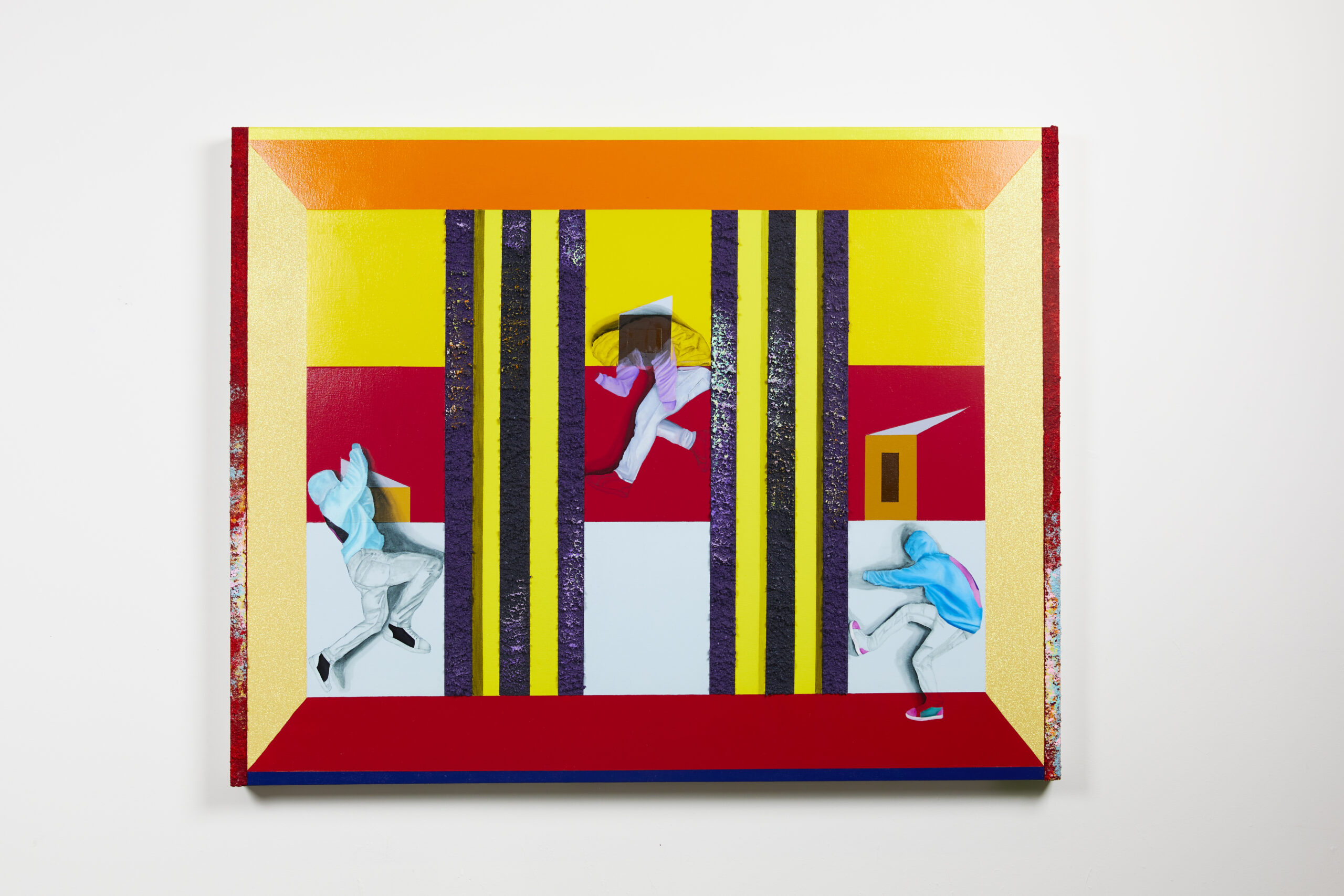
Since your experience in Pratt>Forward, what spaces in your industry have you plugged into—any recommendations of places to go for inspiration and connection, publications to read and follow, etc.?
Being based in New York City, I have had the privilege of plugging into various art spaces and resources. The city offers unparalleled artistic inspiration, from Lower East Side galleries to Chelsea galleries. I’ve been actively involved since my time at Pratt and Pratt>Forward, and I’m proud to have been featured in several publications, including Art in America, New American Paintings, and Artsy, among others. These resources have been instrumental in expanding my artistic network and furthering my career.
